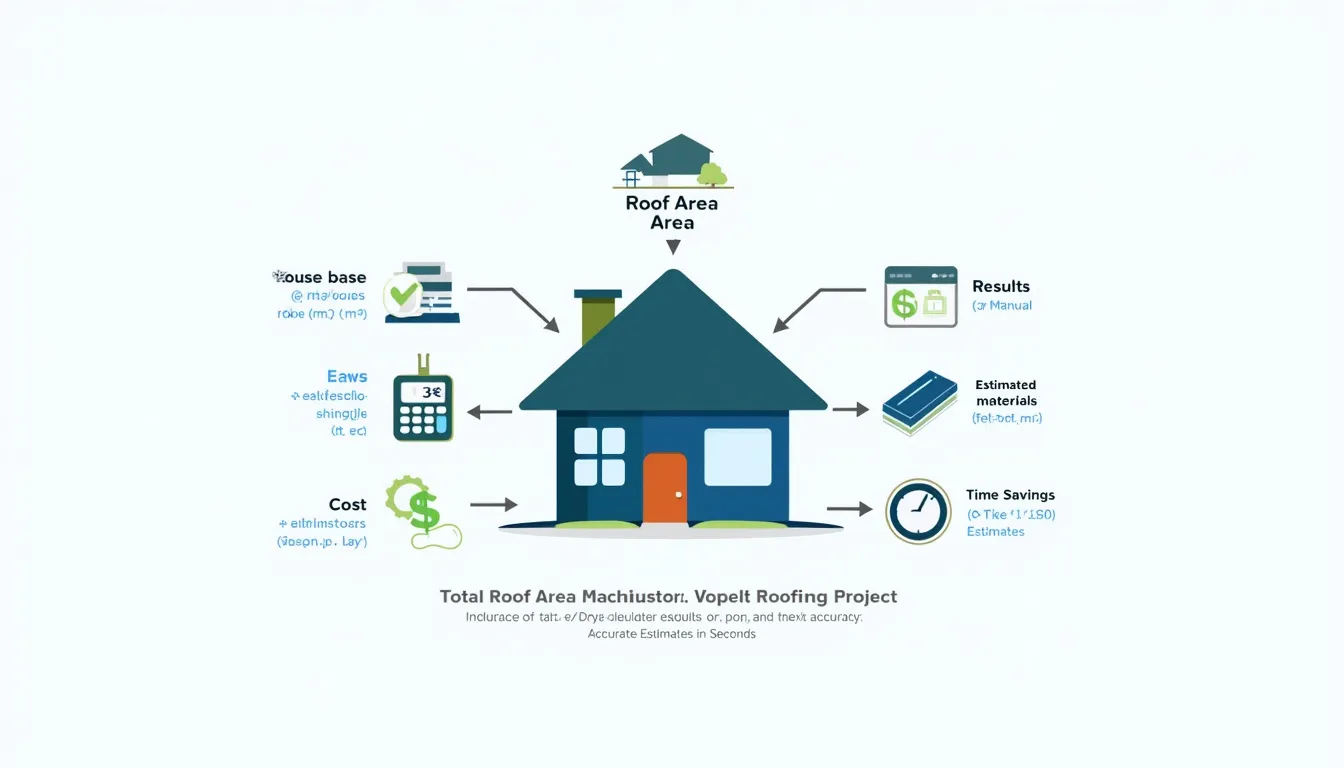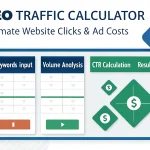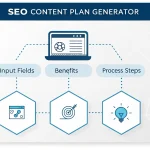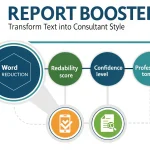SEO Article Research Tool
Is this tool helpful?
How to Use the SEO Article Research Tool Effectively
Follow these steps to get a detailed and SEO-friendly article outline tailored to your needs:
- Enter the main topic of your article: Input the subject you want to write about. For example, you might use “Renewable Energy Innovations” or “Personal Finance Tips for Millennials”.
- Specify your target audience: Define who will read your article. Examples include “Environmental engineers and policy makers” or “Young professionals looking to optimize savings”.
- List the primary SEO keywords: Provide keywords that your audience is searching for, such as “solar power technology, wind energy solutions” or “budgeting apps, debt management strategies”.
- Set your desired word count (optional): Enter an approximate length like 1200 or 2000 words to customize your article outline.
- Provide a unique angle or insight (optional): Mention any specific perspective you wish to emphasize, such as “The impact of government incentives on clean energy adoption” or “Psychological factors influencing spending habits.”
- Generate the article outline: Click the button to receive a comprehensive, research-driven outline optimized for search engines and your target audience.
Once the outline appears, you can review it and use the “Copy to Clipboard” function to easily transfer it to your writing platform.
What Is the SEO Article Research Tool and Why Use It?
The SEO Article Research Tool helps you create SEO-optimized article outlines by gathering essential research points, relevant keywords, and audience insights. It saves you time during the planning phase and helps ensure your content addresses what search engines and readers want.
This tool focuses on:
- Topic-specific research: It collects reliable and up-to-date information related to your chosen subject.
- Target audience alignment: Tailors outlines to meet the interests and needs of your specified readers.
- Keyword integration: Optimizes your outline with primary keywords and relevant long-tail terms to boost your SEO performance.
- Custom word count: Supports various content lengths from quick blog posts to in-depth articles.
- Unique perspective integration: Helps bring your specific insights or angles to the forefront.
Practical Uses of the SEO Article Research Tool
You can leverage this tool across different content types and industries. Here are some practical examples:
1. Content Planning for Business Blogs
Marketers can generate targeted article outlines that focus on niche topics, such as “Sustainable Packaging Trends” or “Remote Team Management Best Practices”. This approach speeds up content creation and ensures SEO-friendly structure.
2. Crafting Detailed Guides for Educational Websites
Educational platforms benefit by producing well-organized long-form content. For example, an online school might develop a comprehensive syllabus outline for “Basics of Digital Marketing” or a step-by-step course on “Data Science Fundamentals.”
3. Enhancing E-commerce Product Content
E-commerce sites can use the tool to create outlines for product descriptions focusing on essential SEO keywords, such as “ergonomic office chairs,” or “portable camping gear with waterproof features,” improving search visibility.
4. Developing Thought Leadership Articles for Industry Experts
B2B professionals can outline articles covering complex industry topics like “Blockchain Applications in Supply Chain Management” or “Cybersecurity Trends in Financial Services,” ensuring content clarity and SEO relevance.
Addressing Common Challenges with the SEO Article Research Tool
Identifying Effective Keywords and Topics
The tool analyzes your input keywords and suggests related long-tail keywords you might not have considered. For example, if your topic is “Urban Gardening,” you may receive suggestions like “vertical gardening ideas” or “container vegetable gardening tips.”
Structuring SEO-Friendly and Comprehensive Content
The tool creates logical outlines that cover all key aspects of your topic. For instance, for “Workplace Wellness Programs,” your outline might include sections on mental health initiatives, physical activity, and productivity tracking, all integrating relevant keywords.
Keeping Content Updated and Relevant
By incorporating the latest trends and studies, the tool ensures your outlines reflect current developments. Writing about “Electric Vehicles” might include recent advancements in battery technology and new government policies impacting adoption.
Example Outline Generated by the Tool
For a topic on “Remote Work Productivity,” the tool may generate the following outline:
- Introduction to Remote Work Growth and Impact
- Challenges Faced in Remote Work
- Managing Time Effectively
- Technical and Communication Hurdles
- Balancing Work and Life
- Effective Methods to Boost Productivity
- Designing a Functional Home Workspace
- Implementing Task Prioritization
- Using Collaboration and Productivity Tools
- Maintaining Team Cohesion and Culture
- Measuring Performance Remotely
- Future Directions in Remote Work Practices
Long-Tail Keywords Incorporated in the SEO Article Research Process
- How to optimize remote work productivity tools effectively
- Best strategies for managing remote team communication
- Impact of remote work on employee mental health and productivity
- Creating ergonomic home office setups for remote workers
- Future trends in hybrid and remote work models
Benefits You Gain from Using the Tool
Save Time on Research
You spend less time searching for information. The tool delivers a ready-to-use outline based on thorough research in minutes.
Boost SEO Performance
SEO-driven outlines naturally incorporate keywords and related terms, improving your articles’ chances of ranking higher on search engines.
Produce Relevant, Quality Content
Your articles reflect current trends, verified data, and expert insights, which enhances your content’s authority and reader engagement.
Customize Content to Your Audience
You can specify who you’re writing for and emphasize unique angles, ensuring your content resonates with your readers and stands out in your niche.
Maintain Consistent Content Strategy
Use the tool regularly to keep a steady flow of optimized content that helps build your niche authority and strengthens your website’s SEO.
Frequently Asked Questions (FAQ)
How does the tool select additional keywords?
It analyzes your topic and primary keywords to find related long-tail keywords and trending phrases, expanding your SEO reach.
Can I use this tool for different content types?
Yes, it works well for blog posts, guides, product descriptions, and thought leadership articles, adapting to your content goals and audience needs.
Important Disclaimer
The calculations, results, and content provided by our tools are not guaranteed to be accurate, complete, or reliable. Users are responsible for verifying and interpreting the results. Our content and tools may contain errors, biases, or inconsistencies. Do not enter personal data, sensitive information, or personally identifiable information in our web forms or tools. Such data entry violates our terms of service and may result in unauthorized disclosure to third parties. We reserve the right to save inputs and outputs from our tools for the purposes of error debugging, bias identification, and performance improvement. External companies providing AI models used in our tools may also save and process data in accordance with their own policies. By using our tools, you consent to this data collection and processing. We reserve the right to limit the usage of our tools based on current usability factors.







